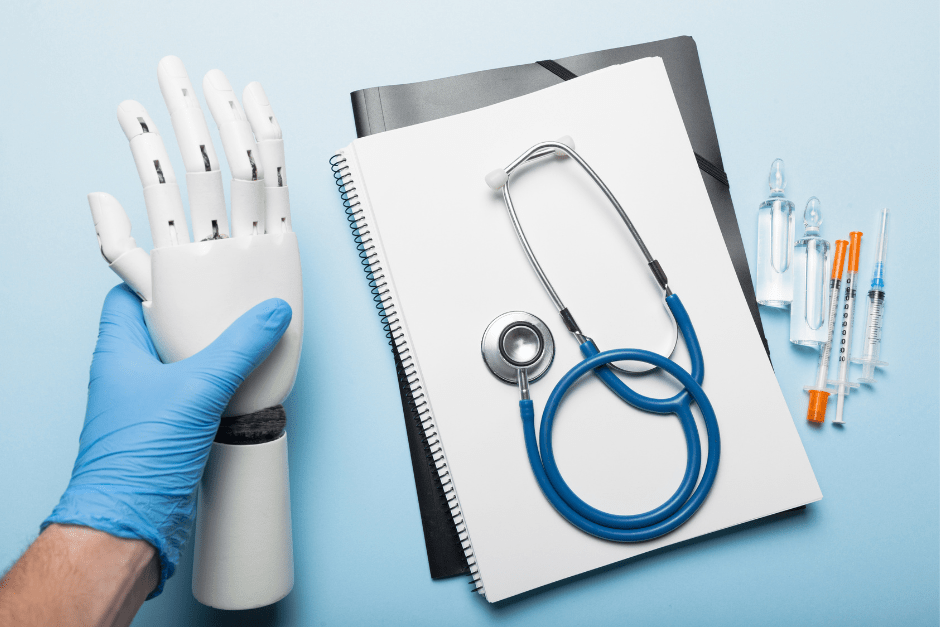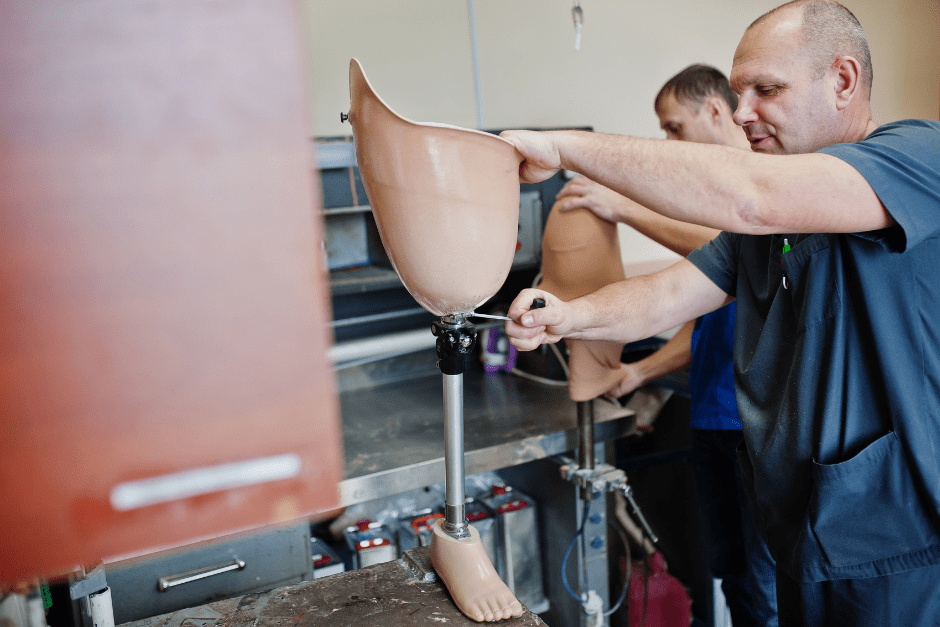In this article, we will provide a comprehensive introduction to Class III medical devices, including what they are, how they are regulated, and what makes them different from other classifications.
Whether you are a healthcare professional or simply interested in learning more about medical devices, this post will provide a useful overview of Class III devices and their importance in the field of healthcare.

Table of Contents
What is a Class III Medical Device?
In the world of medical devices, different classifications help regulate their use and distribution.
One of the most important classifications is Class III, which includes devices that are considered high-risk and require strict regulation by regulatory agencies.
A Class III medical device is a device that is intended for use in the diagnosis, cure, treatment, or prevention of disease and is also intended to affect the structure or any function of the body.
These devices are generally the most complex and pose the greatest potential risk to the patient if they are not used correctly.
Examples Of Class III Medical Devices
- Implanted devices, such as pacemakers and defibrillators
- Intraocular lenses used in eye surgery
- Breast implants
- Heart valves
- External bone fixation devices, such as plates and screws used in bone fractures
- Dialysis machines
- Anesthesia machines
Class III devices are subject to the highest level of regulatory control, as they pose the greatest potential risk to patients.
In addition to premarket approval, Class III devices are also subject to periodic reporting requirements, post-market surveillance, and other ongoing monitoring by the FDA.
It is important to note that the classification of a medical device is not based on the level of complexity or innovation of the device but rather on the potential risks and benefits to the patient.
Even relatively simple devices can be classified as Class III if they are intended for use in the diagnosis, cure, treatment, or prevention of a disease and are intended to affect the structure or function of the body.
If a Class III device is already on the market and new information becomes available that raises significant concerns about the device’s safety or effectiveness, the regulatory authority may require the manufacturer to submit a supplement application or may require the manufacturer to conduct additional clinical trials.
Criteria for a Class III Medical Devices
The device must sustain or support life, be of substantial importance in preventing impairment of human health, or present a potential, unreasonable risk of illness or injury. The device must not be well established and generally accepted as safe and effective.
- The device must receive premarket approval, a type of regulatory approval required before a device can be sold in the United States.
- Manufacturers must submit a Premarket Approval (PMA) application to the FDA to obtain premarket approval for a Class III device.
- This application must include data from clinical trials that demonstrate the safety and effectiveness of the device.
- The FDA reviews the PMA application and decides whether to approve the marketing device.
Approval Process for Class III Medical Devices in the United States
Once the device has been classified as Class III, the manufacturer must submit a Premarket Approval (PMA) application to the FDA. As per 21 CFR Part 814, this application must include data from clinical studies demonstrating the device’s safety and effectiveness and detailed information about the device’s design, manufacturing, and labelling.
A fully documented quality system compliant with design controls as defined in 21CFR Part 820.
The FDA reviews the PMA application and may request additional information or clarification from the manufacturer.
If the FDA determines that the device meets all relevant regulatory requirements, it will approve the device’s marketing and sale in the US.
It’s important to note that the approval process for Class III medical devices can be lengthy and complex, and it may take several years for a device to go through the entire process.
However, the FDA has several expedited review programs in place to help bring promising medical technologies to market more quickly.
Approval Process for Class III Medical Devices in Europe
Once the device has been classified as Class III, the manufacturer must obtain a CE mark, which indicates that the device meets all relevant EU regulatory requirements.
To obtain a CE mark, the manufacturer must complete a conformity assessment procedure, which typically includes a technical file review and a clinical evaluation.
The technical file review is similar to the US Premarket Approval (PMA) process and requires the manufacturer to provide detailed information about the device’s design, manufacturing, and labeling.
The clinical evaluation assesses the device’s safety and effectiveness based on data from clinical studies and other relevant sources.
If the device meets all relevant regulatory requirements, it will be granted a CE mark and can be placed on the market in the EU.
It’s worth noting that the CE mark is not a one-time approval but rather an ongoing process that requires manufacturers to monitor the safety and performance of their devices and report any adverse events or field safety corrective actions to the regulatory authorities.
Approval Process for Class III Medical Devices in China
In China, the approval process for Class III medical devices is similar to that in the United States and the European Union.
The manufacturer must obtain National Medical Products Administration (NMPA) approval before it can be marketed and sold in China. The NMPA approval process includes a technical review and a clinical evaluation, which are similar to the Premarket Approval (PMA) process in the US and the conformity assessment procedure in the EU.
The technical review requires the manufacturer to provide detailed information about the device’s design, manufacturing, and labelling, while the clinical evaluation assesses the device’s safety and effectiveness based on data from clinical studies and other relevant sources.
The NMPA conducts a Technical Review of the product to assess its technical characteristics and how it is intended to be used. The NMPA also conducts an Administrative Review, which assesses the applicant’s ability to manufacture and distribute the product by regulatory requirements.
The NMPA may convene an Expert Panel Meeting for a novel and high-risk product to review the product. This is a panel of experts in relevant fields who are responsible for evaluating the product’s technical and clinical data and providing recommendations to the NMPA on whether the product should be approved.
In addition to the application review process, the NMPA also has the option to conduct on-site Quality Management System (QMS) audits of foreign manufacturers. This is to ensure that the manufacturer’s quality management system meets the required standards and that the product being produced is by the approved application.
Conclusion
Class III medical devices are those that pose the greatest potential risk to patients and are subject to the highest level of regulatory control by the FDA, European Commission, or NMPA. These devices require premarket approval and are subject to ongoing monitoring and reporting requirements to ensure their safety and effectiveness.
Proper classification of medical devices based on risk is crucial to ensuring appropriate oversight and regulation. For Class III devices, which pose the greatest risk, the rigorous PMA process helps confirm they meet high standards of safety and effectiveness before reaching the market.
We at RegDesk continue to stay up to date on the latest regulatory guidance and requirements for these critical devices
How Can RegDesk Help?
RegDesk is a holistic Regulatory Information Management System that provides medical device and pharma companies with regulatory intelligence for over 120 markets worldwide. It can help you prepare and publish global applications, manage standards, run change assessments, and obtain real-time alerts on regulatory changes through a centralized platform. Our clients also have access to our network of over 4000 compliance experts worldwide to obtain verification on critical questions. Global expansion has never been this simple.


